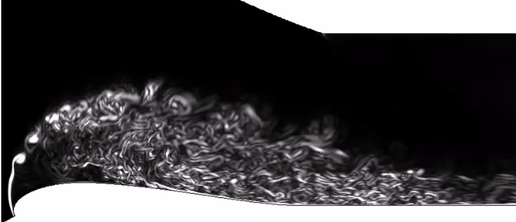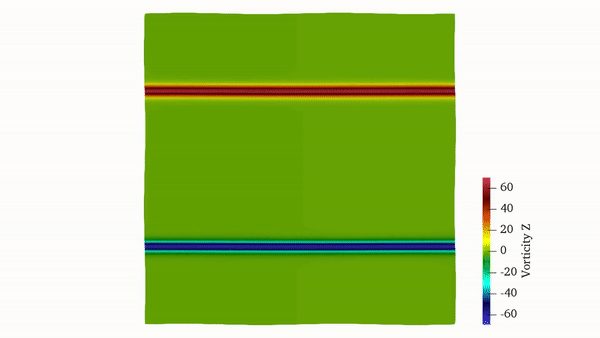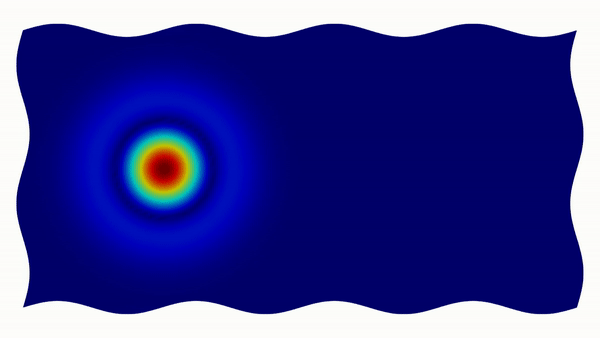LES of turbines: Effect of upstream disturbances

High fidelity 'quasi DNS' type simulations are carried out to explore the effect of upstream disturbances on the losses produced in low pressure turbines. We considered the individual and coupled interaction of upstream disturbances typically observed in gas-turbine engines like wakes, free-stream turbulence and the state of the incoming boundary layer. Additional effects of surface roughness due to in-service degradation of turbine blades are also considered.










